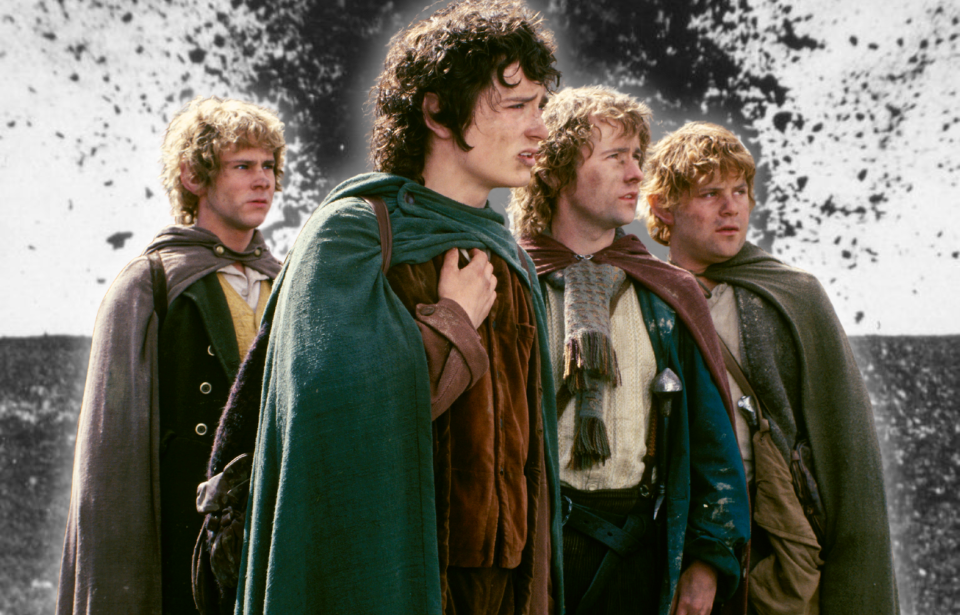J.R.R. Tolkien is renowned for crafting the legendary high-fantasy tales of The Hobbit and The Lord of the Rings. Before earning fame as an author, he served in the First World War with the British. His literary masterpieces emerged post his wartime service, with The Hobbit published in 1937 and the first volume of The Lord of the Rings hitting store shelves in 1954.
Debates have persisted regarding the degree to which Tolkien’s writing was shaped by his experiences during the Great War, even though the influence is undeniable.
J.R.R. Tolkien didn’t initially volunteer to serve
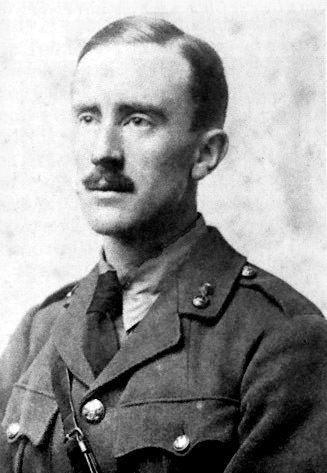
J.R.R. Tolkien opted to not volunteer for service with the British Army upon the country becoming embroiled in World War I. As with others who refused, he was judged for his lack of dedication to his country, and he, instead, embarked on further schooling, which delayed his eventual enlistment.
Upon completing his degree, and following unrelenting comments from family members, Tolkien enlisted and was commissioned as a temporary second lieutenant with the Lancashire Fusiliers. By this time, Britain had been involved in the war for just under a year and the need for more soldiers was becoming evident.
Deployed to France
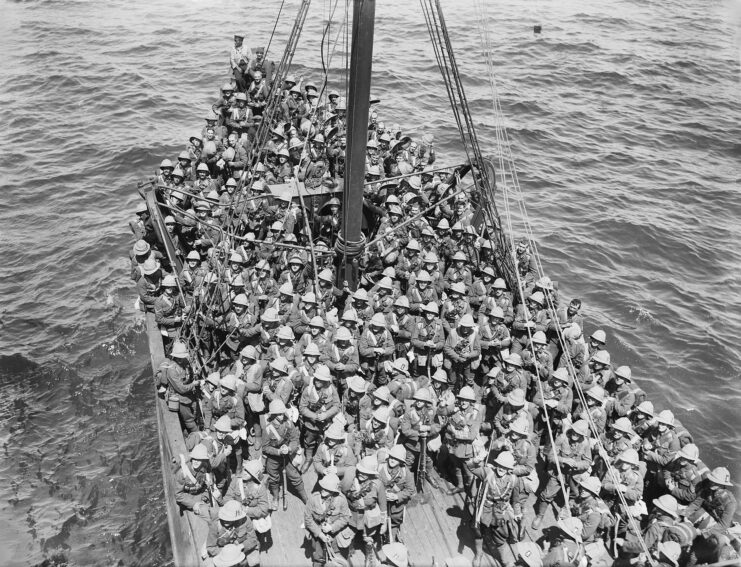
For 11 months, J.R.R. Tolkien underwent training at Cannock Chase, Rugeley Camp, during which he complained about the lack of “gentlemen” present among the ranks. Soon after, in June 1916, he received a telegram, which stated he was to be shipped off to France.
Before long, the future author was on a ship bound for Calais. Upon his arrival, he was given the role of signals officer with the 11th (Service) Battalion, Lancashire Fusiliers, which was part of the larger 74th Brigade, 25th Division. He was eventually sent near Amiens, where he found himself in charge of commanding enlisted men.
J.R.R. Tolkien and the Battle of the Somme
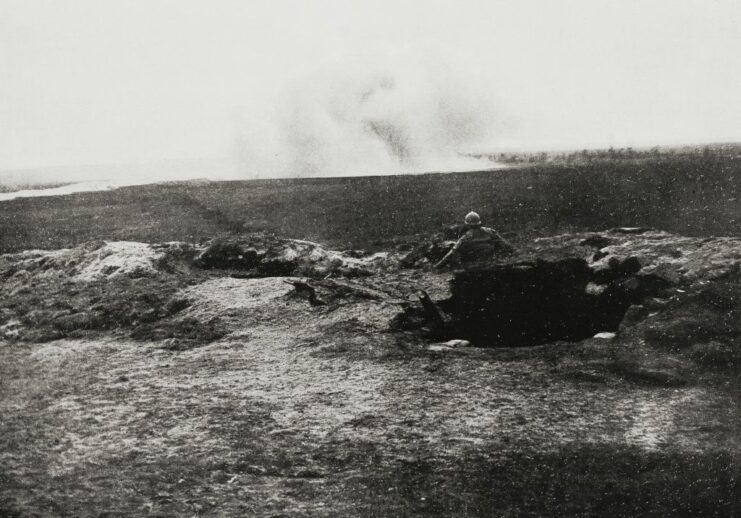
J.R.R. Tolkien was a participant in the Battle of the Somme, infamous for being one of the most harrowing conflicts in human history. He arrived on the scene in July 1916, participating in assaults on both the Leipzig Salient and the Schwaben Redoubt.
The brutal engagement unfolded between the French and British forces on one side, and German troops on the other, spanning from July-November 1916. A staggering three million men were embroiled in the tumult of the Somme, resulting in a staggering one million casualties, many of them Tolkien’s school friends.
During the battle, Tolkien was given the task of facilitating communication between frontline units and the commanding officers orchestrating operations from behind. Employing a variety of tactics, such as field phones, flares, lamps, Morse code, pigeons and runners, he worked tirelessly to maintain vital connections amid the chaos.
The Battle of the Somme wound up being Tolkien’s final active engagement of the Great War, as he fell ill with trench fever during the campaign and was evacuated back to England in November 1916. Following his convalescence, he was deemed medically unfit for further frontline duty, consequently spending the remainder of the conflict fulfilling hospital and garrison responsibilities.
The ‘Dead Marshes’ represent the Somme battlefield
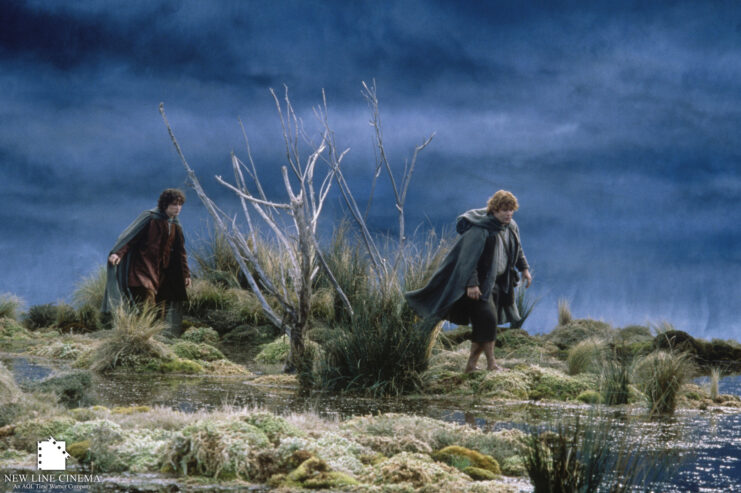
Following the publication of his The Lord of the Rings trilogy, many began to speculate that the story had been, in part, inspired by the events of the Second World War, something J.R.R. Tolkien emphatically denied. Instead, he said they were discussing the wrong conflict. Acknowledging the profound influence of his experiences during World War I on both his writing and worldview, the author underscored the significance of this earlier period in shaping his literary creations and personal philosophy.
One facet of Tolkien’s writing bears a more direct link to his wartime encounters: the Dead Marshes. Situated within the ancient battleground between the Last Alliance and Mordor, these marshlands are a final resting place for the fallen, gradually engulfed by the earth.
Tolkien’s portrayal of the Dead Marshes strikingly echoes his experiences in the trenches of the Somme. It’s a landscape riddled with hollows and pools, where the faces of the deceased emerge from the mire. Reflecting on this eerie similarity, the author himself acknowledged the potential influence of the Battle of the Somme on the creation of the Dead Marshes, drawing parallels to the haunting sight of fallen soldiers lying in the mud where they met their end.
Are there other connections to World War I?
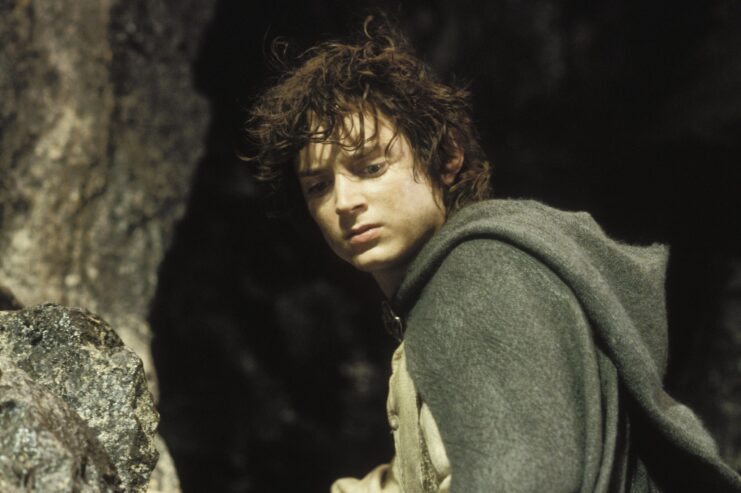
Readers and literary critics alike have drawn numerous connections between J.R.R. Tolkien’s writings and the First World War. These range from tanks symbolized by colossal, elephantine creatures to Ringwraiths evoking the auditory presence of artillery shells while emerging from the mist, akin to cavalrymen. Nevertheless, amid these broader parallels, he intricately weaves more specific allusions to the conflict within his narratives.
Tolkien explored the phenomenon of shell shock through the central character of his trilogy, Frodo Baggins.
More from us: Kaiser Wilhelm and Tsar Nicholas II Tried (and Failed) to Avert World War I
Upon his return home, Frodo struggled to reintegrate into ordinary life, grappling with exhaustion, anxiety and tremors, all of which mirror the experiences of the countless men the author would have observed returning from the Somme and the broader war, afflicted by the trauma of shell shock.
